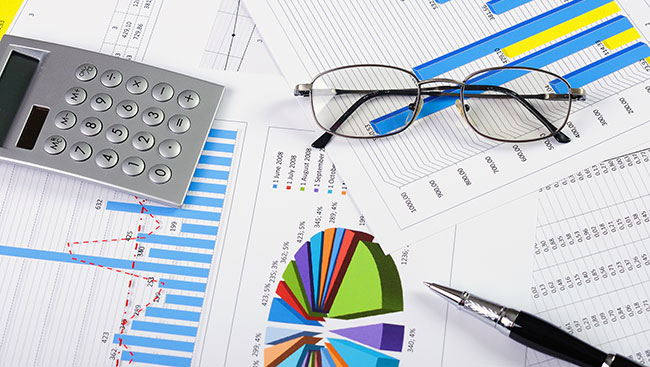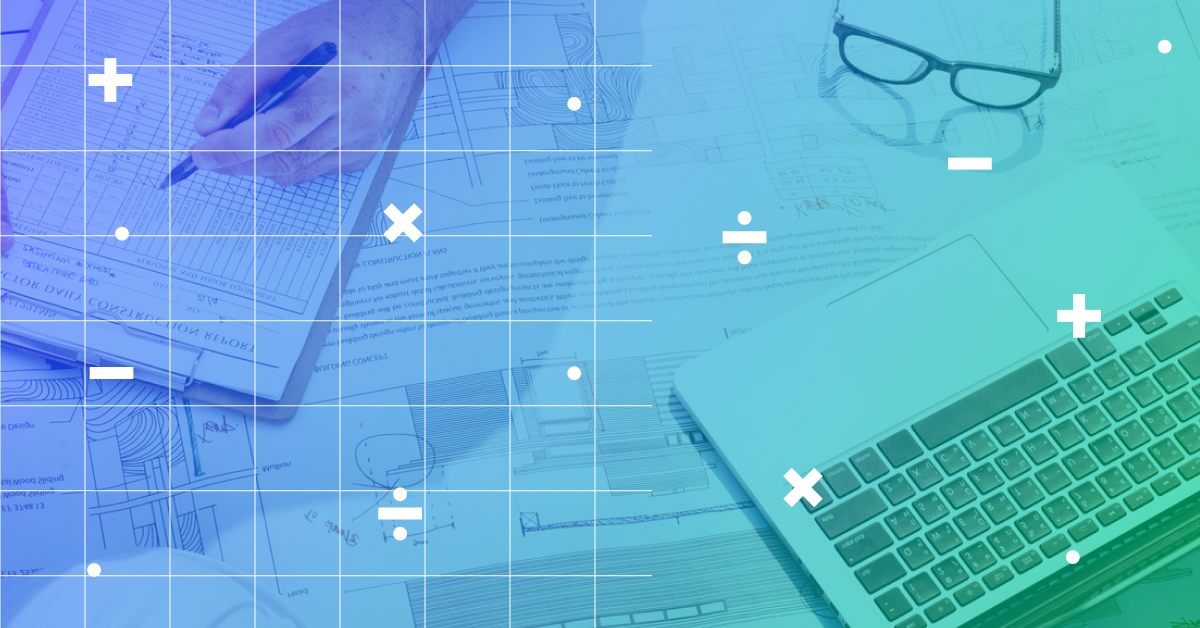Are you looking to start a new property development project? If so, creating a feasibility study will help ensure everything runs smoothly.
Regardless of your development project, it’s essential to learn all the numbers behind it. After all, how else can you be sure that the project is viable? And what about planning for the financials?
To get all of these numbers in one place, you’ll need to perform a feasibility study.
This article will help you learn about the feasibility study for property development purposes and how it can help developers maximise their profits.
What Is a Feasibility Study (and What Are the Benefits of Running One)?
Every successful business starts with a robust business plan. In the same manner, a proposed property development needs some strategic thinking about how it will play out.
But what exactly does a comprehensive feasibility study contain?
Let’s start with the three essential financial elements.
Element #1 – Land Purchasing and Acquisition
This part should present an estimation of the funds and resources needed to invest in the build location. These can include site acquisition costs, legal fees, land valuation, stamp duty, and conveyancing fees.
Element #2 – Financing Costs
At the commencement of building projects, developers often settle the development costs first.
Of course, no developers worth their salt would use their own funds, not when they can get a loan for purchasing the land.
However, the initial loan does not always cover other expenses like labour and materials. When developers get ready to start the development at a later stage, they can apply for separate construction loans.
Keep in mind that building costs can go way beyond the initial capital and there are also things like brokerage and legal expenses to consider.
That said, you can calculate the loan repayments cost under the borrowing term to get a better handle on the project.
Element #3 – Construction Costs
Depending on your strategy, you may want to calculate the construction costs on a square meter basis. Ideally, you should have a good grasp of these figures when you’re doing your feasibility study.
To defray your construction costs, it’s best to choose a building partner with a fixed pricing contract – it can save you both time and money.

Other Costs
Other costs to include in your feasibility study are utility connection fees, marketing costs, service tax, insurance, contingency, profit and income, and gross realisation value.
Now that you have an overview of what a feasibility study should contain, let’s explore the benefits of going through such a study.
Benefit #1 – Increasing Confidence
When you have all the right numbers and information about your proposed development project, you can go into it with confidence. You can be more certain that completing the project is not only possible but profitable.
Knowing how all the numbers stack up will supply you with an additional dose of motivation to finish what you started.
Whatever project one takes on in life, feeling confident about it alone can take you far. After all, an adequately conducted feasibility study can have a big say in a new development coming into fruition.
Benefit #2 – Testing a Concept
Cost overruns, or even just the possibility, can derail any project. In the feasibility stage, you can identify potential issues on paper and work out how you can get around them should they become a reality.
Benefit #3 – Handling Finance
One doesn’t simply jump into a new project without planning the budget.
A robust feasibility study will help you determine the financial investment required for the project. And as you may know, cash flow projection is critical for any development, as this is the main reason many businesses and projects fail.
By performing a comprehensive financial analysis, you’ll also have a much easier time selling the proposed project to potential investors. In addition, everyone will have a good idea about the financials of the project ahead of time.
But, what does a feasibility study actually contain?
The best way to answer this would be to discuss the three levels that most, if not all, feasibility studies go through.
Three Levels of Feasibility
Think of the feasibility study as an evolutionary process. Therefore, the initial feasibility rarely mirrors its final outcome.
There are three stages of feasibility studies, in general, with each stage giving a more detailed insight into the project.
Level #1 – High Level
This is the first and most basic stage of doing a feasibility study. You’re on your own at this point and may not have a need to hire consultants just yet.
It’s also where you do your preliminary analysis and calculations, which can be as simple as listing the pros and cons of a particular development site.
Here, you look at the development’s attributes and constraints in your evaluation of the local supply and demand.
Level #2 – Static
After creating a solid foundation for the feasibility study, it’s time to step it up.
This is where you turn to software and data, architects, town planners, valuers, and quantity surveyors to give you a more detailed picture of the development. All of the guesses and assumptions made in the high-level stage will now be placed on more solid ground in your attempt to arrive at the best use for the site.
However, you’ll also be making additional estimates about the revenue, time, and cost of project development at this stage.
Level #3 – Cash Flow
The final stage is where you dig deep into the granular detail of the finances. This stage will have more impact on your investment returns than the static level. But before you sign on the dotted line, it’s essential to understand how much money will go in and out of this project.
So, this stage is where you verify all your assumptions and see if the revenue, time, and cost stack up.
If all pieces of the puzzle fall right into place, you can proceed with the project with relative confidence that everything will run smoothly.
Since performing a feasibility study is a rather complicated task that no developers can afford to mess up, let’s now take a look at how you can get the most out of your research.
Three Tips for Running a Feasibility Study
These three tips will help you achieve the best possible evaluation of your proposed project.
Tip #1 – Choose a Model that Allows You to Consider All Costs
You’re now aware of all the costs to include in a feasibility study. When conducting your research, always use a model that won’t overlook any of the potential expenses.
Taking into consideration all potential costs is the best way to achieve the highest possible return.
Most feasibility models are based on the “Revenue – Costs = Profit” formula, or rather a variation of it. The projected revenue includes the proceeds of the end products, which, of course, must exceed the costs of development, including land or risk allowance, unknowns, etc.
Tip #2 – Focus on Highest and Best Use
Ultimately, the goal of your feasibility study is to ensure the best use of your development project.
You can calculate the land’s highest and best use by analysing and identifying the demographics, location, regulation and planning controls, financial feasibility, etc.
Also, you can do scenario analysis to test a variety of input combinations that affect your project’s feasibility. For example, you can predict whether the development will have a higher yield as an office or retail space.
Keep in mind that in the feasibility stage, you determine all the tools and resources necessary to reach the maximum value or profit.
Tip #3 – Don’t Search for Silver Linings
During the initial feasibility, everything you do will serve as a base for your project, to be regularly updated and amended as the development evolves. It’s important to include contingencies for all the potential issues that may occur.
Although it can be helpful for a developer to be positive and focus on the best outcome, it’s important to stay objective the whole time. After all the meticulous preparation, it doesn’t add up for a developer to ignore any aspects that could make or break the project.
So, conduct your study with all the details to hand without searching for silver linings when there is none. Your feasibility study should tell you in no uncertain terms whether it’s better to proceed or walk away.
There’s no point in trying to solve what can’t be solved.
Building a Strong Development Feasibility Study
A feasibility study must accompany every proposed property development project. That’s if you want to ensure that the project is worth the time, money, and effort.
Take your feasibility study through all three levels and gain more valuable insight as you progress. And for the best results, it’s important to find the best use for your property and make room for contingencies, all while being objective throughout.
Before you go through the trouble of developing an in-depth feasibility study, you can rely on Archistar to uncover the most promising sites.
With Archistar, you can get an instant feasibility assessment on your property development project. Archistar provides all that you need to know about a site, including zoning, planning controls, overlays, sales history, valuation estimate and references to government documents. You can automatically estimate the development potential of any site.
If you want to see how it all works, schedule a free demonstration today.


